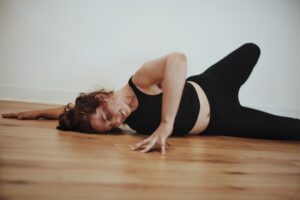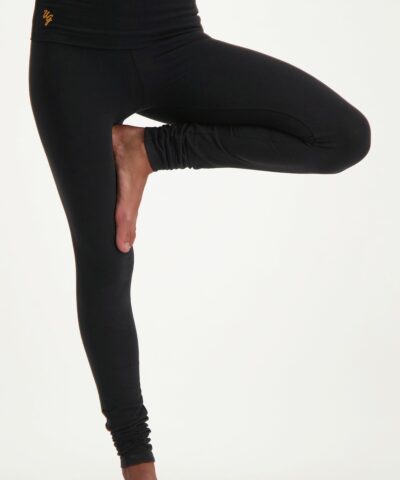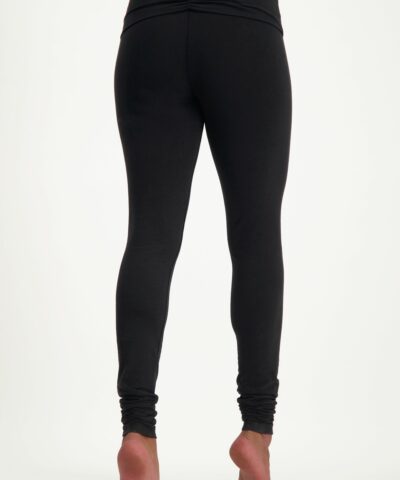Three Ways to Bring Softness to Your Yoga
Whether you’re trying to soften tight hamstrings or ingrained thought patterns, yoga has the amazing ability to relieve tension. Increasingly, the yoga world is moving away from rigid and prescriptive styles to more embodied, fluid practices.
So-called ‘embodied’ techniques are progressively being recognised by and based in science. They typically highlight the role of the nervous system in shifting tension from the moving body, the thinking mind, and the emotions. Here are three techniques to bring softness into your yoga today for that fuzzy, feel-good practice.
Yoga & Touch
Touch is transformative. It can calm nerves, form social bonds, and even improve team athletic performance.
The Covid-19 pandemic brought up legitimate and insightful conversations around hands-on assisting in yoga classes, but there are ways that we can incorporate touch into yoga to bring softness and reap all the soothing benefits that science now confirms.
My favourite way to incorporate touch is at the beginning of class. I guide students to land their hands anywhere (yes, anywhere!) on the body that feels right, and then to either press, brush, stroke, tap or squeeze, allowing their sensations to lead the way.
Not only does this help students take control of their practice, adapting it to their individual bodies and experience, but it can also soothe the nervous system, lower blood pressure, and stimulate the Vagus nerve.
The Power of the Image
Imagine a bead of warm oil rolling from your forehead, over the bridge of the nose, over the lips, down the throat and to the heart centre. I bet you just took a longer exhale at the end of that sentence.
Using image, and particularly certain words which tap into our basic human needs like ‘warmth’, ‘safety’, and ‘light’ can have a profound effect on how able we feel to relax. Even in yoga classes, we shouldn’t take for granted that incense and low lighting will make all students feel welcome and safe. The language we use can help to provide that reassurance.
Next time you’re beginning your yoga practice, try this technique to bring more softness. Lie on the back and imagine the skin and muscles of the upper back spreading and smoothing out like a sheet of silk. Visualise someone pouring warm water over the pelvis and shoulder joints. Picture leaning your head back onto the shoulder of a loved one… and soften.
Soften the Breath
If you’ve taken a few yoga classes, you’ve probably heard about ujjayi or ‘ocean breath’. This traditional pranayama technique creates a sighing sound to the breath by slightly constricting the throat. But, can you do this without tensing the jaw? In my experience, an easier and softer way to reap the benefits of a ‘textured breath’ is by sighing.
Science has now proven the efficiency of the ‘physiological sigh’ in decreasing stress and anxiety. Other sighing techniques you can add to your practice are taking audible exhales through the mouth, or pouting the lips and blowing the breath through the lips.
If this article has inspired you, I’ve created a short video with techniques to create more softness in yoga practice here… enjoy!










